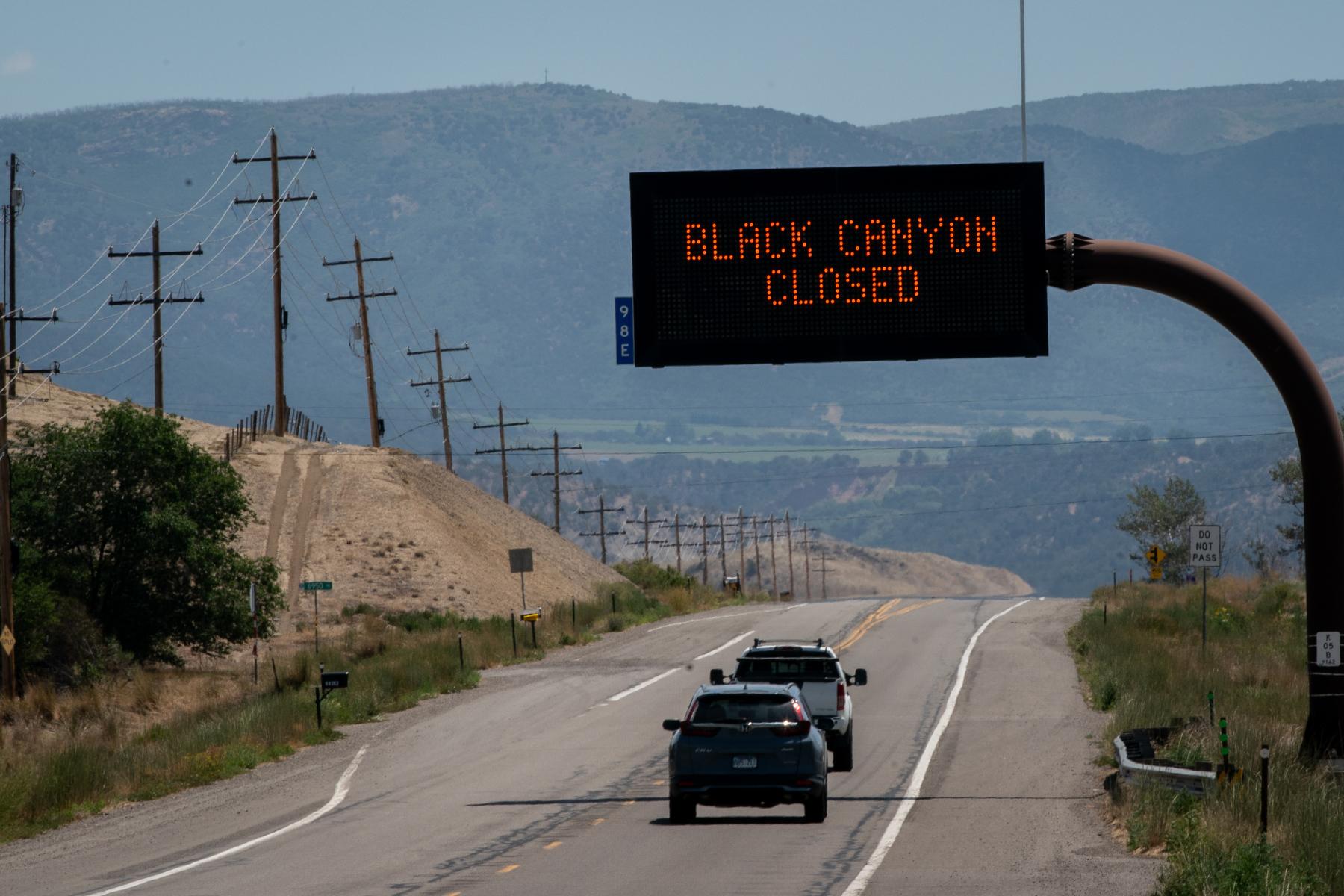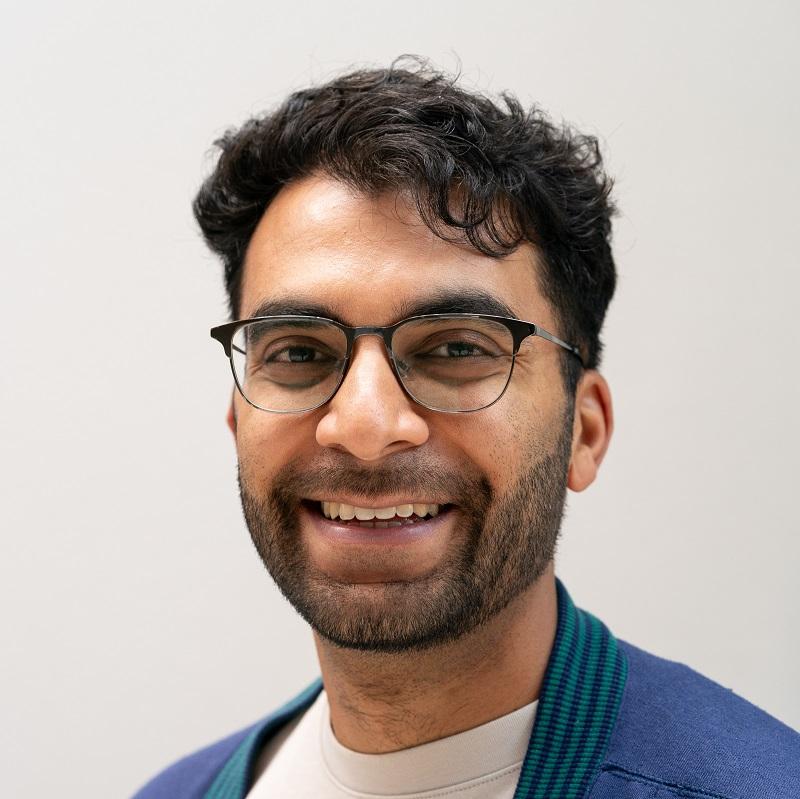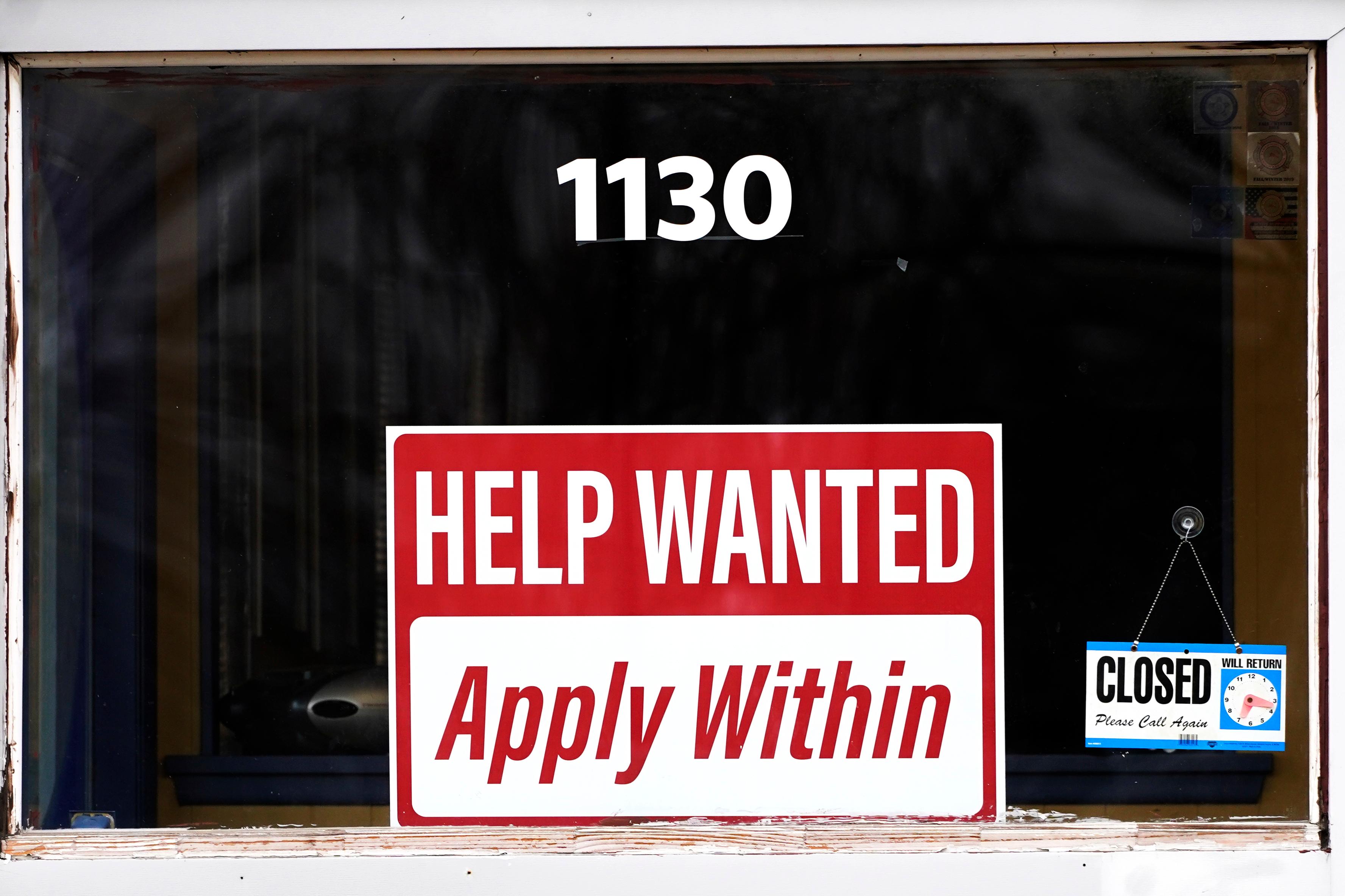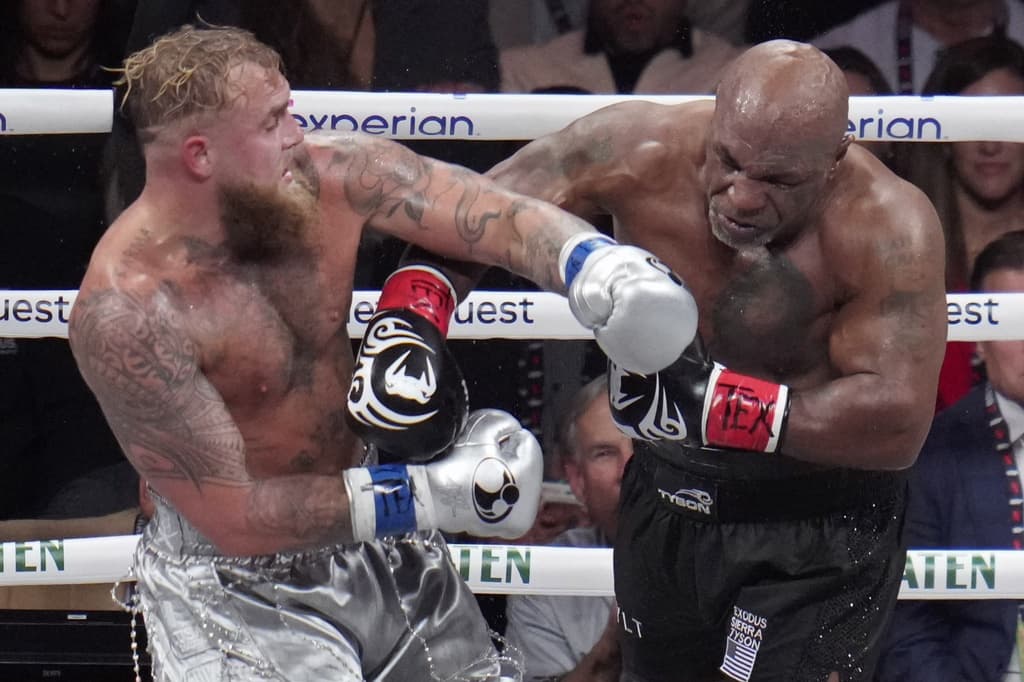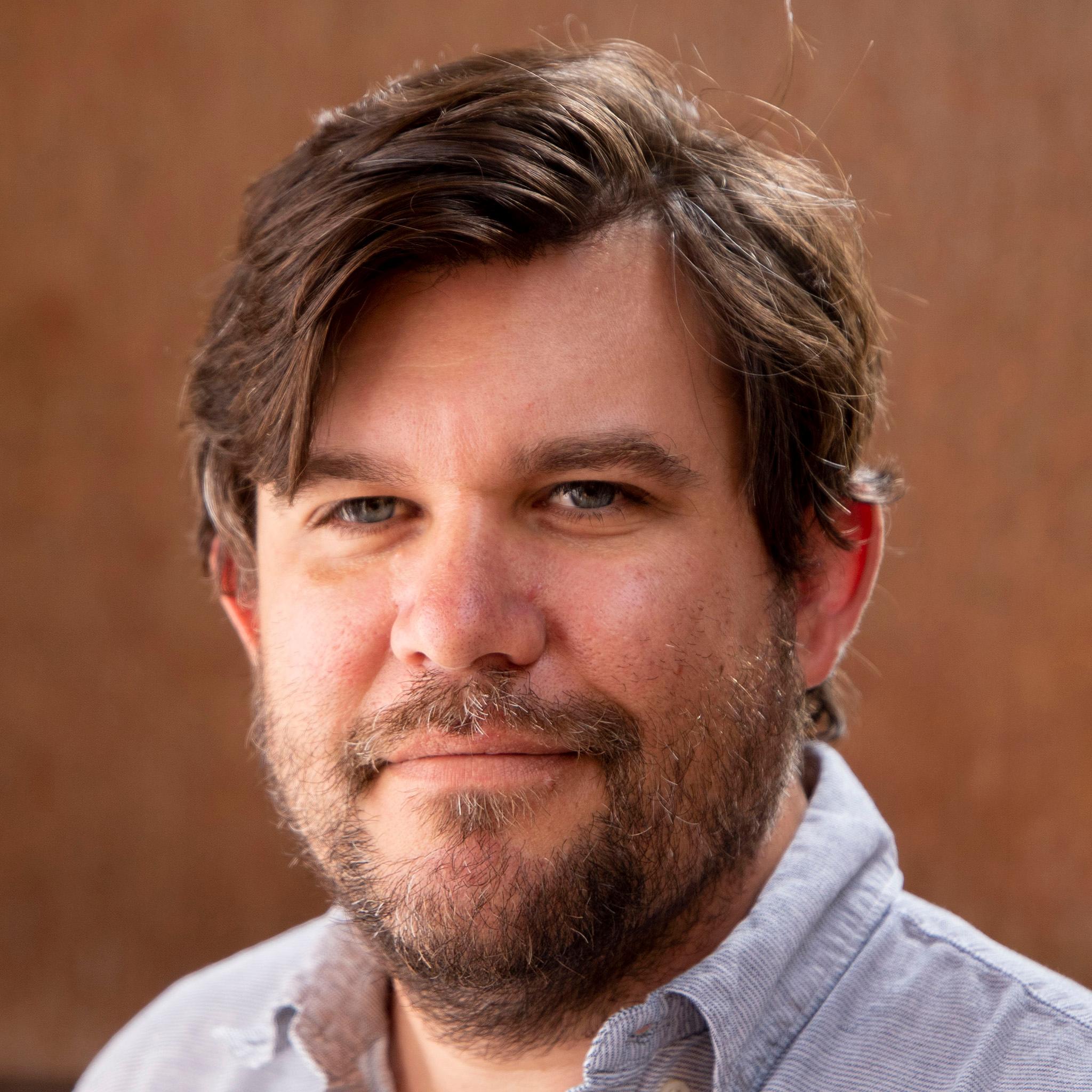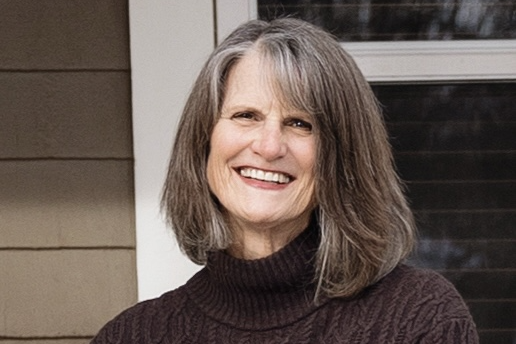
KRCC News sent detailed surveys about some of the most critical issues facing city leaders to the candidates running for Colorado Springs City Council. Here's how District 5 candidate Nancy Henjum responded, in her own words.
What is your elevator pitch for why you are running, and why someone should vote for you?
I have raised a family and lived in the same house in Council District 5 for nearly 35 years, and in 2021 I won election to my first term on Council on a platform of keeping neighborhoods strong, improving public safety, and managing growth in a responsible, balanced way. I bring to my service on Council values such as collaboration, open-mindedness to multiple perspectives, and a pragmatic approach to problem-solving. As a former social worker, I am a listener and a question asker. I return virtually every message that comes to me personally, and I’m very proud of my record of constituent services. I am not a typical politician: I have no ambitions to seek elected office after this, and I am running a grassroots campaign while accepting no campaign donations from developers. The vision I have for local government is neighbors working together to improve everyone’s quality of life.
Development & Growth
Should growth happen by expanding the city’s boundaries through annexation or by focusing on infill? And why do you think this is appropriate for the city’s future?
A balanced approach is needed, and both approaches are appropriate – with important limits. I don't subscribe to the belief that if a city isn't growing, it is dying. I believe we can grow and have a vibrant economy that is not entirely dependent on growth. I am in favor of annexations which are logical extensions of the City boundaries, especially when they remove existing enclaves, and when they will reasonably increase attainable housing. However, I am opposed to (and recently voted no on 2) so called “flagpole” annexations that are several miles from the existing City boundaries due to significant concerns over public safety, infrastructure, and our water supply. I will continue to oppose such annexations. Infill in the form of the redevelopment of vacant or under-utilized lots is an equally important tool. I am encouraged by the collaboration between neighborhood advocacy groups and city planners around new regulations for alternative dwelling units (ADU’s). Again, balance is important here. We need all types of housing and property owners should be able to develop their property as they wish within the limits of the law and zoning regulations, while neighbors have a right to be concerned about changes that might negatively affect their character and quality of their neighborhood. Most importantly, any new regulations must insure that new ADUs fit into existing neighborhoods and are not turned into short-term rentals or investment properties for absentee landlords.
Colorado Springs city council members also serve as the board of the city's utility company. Considering the impact of growth and development–think Arrowswest, Karman Line– do you believe both the utility board and council can effectively act impartially when it comes to decision making?
Most City Council candidates come into office with very little appreciation of the importance of the duty and responsibility of serving on the board of utilities for CSU. It was certainly one of the areas where I have worked the hardest to learn and be an effective board member. I believe the benefit and the challenge of the current structure is that as a publicly owned utility there is the need to balance having direct representation (serving as the PUC) with the rate payers while also serving as a fiduciary and policy maker for the health of an enterprise that is essential to every aspect of our economy and providing reliable and affordable utility services. There is some inherent tension in the model, which if managed well is very appropriate and effective. On the City Council side we act as the public utility commission approving the rate case. As elected officials we are keenly aware of the importance of ensuring affordable rates for our citizen owned utility company. On the CSU Board of Directors side we set policy that is focuses on current and future needs through strategy that drives reliability, affordability and a relationship with the rate payers that reflects community values. One contributing challenge to our overall governance model is that Councilmembers are paid only $6,250 per year and have no personal staff to assist in research or support. We can and do make use of a Utilities Citizen Advisory Committee (UPAC) that does some of this research for . I believe and am supportive that this body has become more directed by the board than the staff in the past couple of years.
The city has been growing with new restaurants and high-end apartment complexes springing up downtown. Yet, some initiatives have faced widespread opposition. How would you work to balance PlanCOS’ “Vibrant Neighborhoods” with the small-city feel that many residents think makes Colorado Springs a wonderful place to live?
It’s better to confront the challenges of a growing city (more jobs, more amenities, etc.) than one which is dying. But things change, and change is rarely easy. I believe our City needs to do a much, much better job engaging citizens in meaningful conversations – and true collaborations – about our collective vision for Colorado Springs. As an elected official, I don’t have all the answers, and a foundation of my leadership is community engagement and responsive communication. As with many aspect of my work on Council, getting the balance right between differing perspectives and competing solutions is both essential and extremely challenging. Many of my constituents are very concerned about changes to the City skyline, but many think increasing densification of downtown is a very good thing.
Public Health & Safety
Is the city doing enough to address homelessness? What approach would you take?
We need to look carefully and clearly at the causes and effects of homelessness, recognizing that it isn’t “just one thing,” that there are many stories. This means a variety of approaches are needed. The City just published its 2025 Homelessness Response Action Plan. The plan was created with input from multiple community stakeholders such as providers, local business, first responders and those with lived experience. While the city of Colorado Springs is not a direct provider of housing, we can and do partner with the many non-profits that help those in our community experiencing homelessness. Of the six strategies in the City’s plan, in terms of those that will help to reduce the number of homeless individuals and families I would highlight Strategies 2-5: Street Outreach and Shelter, Homelessness Prevention, Employment, Housing and Supportive Services. To draw attention to one particularly effective program, I’ll mention that I have championed and will continue to advocate for the Community and Public Health Division (CPH) of the Colorado Springs Fire Department and their nationally recognized and successful Homeless Outreach Program (HOP), which I helped make more secure by advocating for moving it from grant-based funding into the City’s general fund. Because the reality of homelessness is such a complex and multi-faceted reality, we must approach the challenge in a way that embraces both public safety and compassionate response. We must remember that there is no single solution or that will address the complexity of this challenge. We must be as aligned, focused and collaborative as possible with all parts of the system. Finally, it is important that we move more and more to both education and decision making on where and how to use our resources using data. And we must continue to work towards getting as accurate data as possible as it relates to this challenge. I am encouraged by the initial focus and leadership of Aimee Cox in using data. My fear is with increasing unemployment, raising housing costs and cuts to federal programs that the population of homeless people of all types (50% of residents in truly Affordable housing are children) will continue to increase. The city is not able to be the sole responsible party for this challenge.
What is the most pressing public safety issue facing the city and how would you address it?
First, let me point – with pride – to endorsements by both the Police Protective Association and Firefighters Local Five. I’d encourage you to visit my website [ Endorsements ] to read their statements of support for me. Two organizations made up of key first responders with detailed knowledge of my record say I am the public safety candidate in District 5.
Public safety is the essential function of government. Many of my constituents point in particular to problems with emergency response times and with speeding on our streets. Staffing shortages in the police department reveal a gap between growth and revenue. Given that we rely so heavily on sales taxes for our General Fund (in which the Police Department already receives the lion’s share of our City budget, by the way), I am afraid that residents are likely to continue to experience frustrations in this area – just as they do when confronting the backlog of sidewalk repairs. I would like to begin a conversation about how we plan to address our projected revenue realities that will not support the authorized strength we need (per Chief Vasquez, we are not only not at full strength, we really need an additional 200 sworn officers). In CSFD, when you talk with Chief Royal you will learn about concerns of our aging apparatus and a projected capital budget that causes great concern about the future status of having up to date and well-functioning equipment and facilities.
I support the continued use of cost effective and efficiency-creating programs such as the Real Time Crime Center program and Together COS that support more effective policing and improved public safety through the use of technology. And I will also continue to support our CSPD in promoting the mindset that public safety is a shared responsibility. The “average citizen” who otherwise thinks of himself as law-abiding but who drives 10-20 miles an hour over the speed limit down any and most (according to the emails I get) streets in our city, is not only contributing to an atmosphere of permissive lawlessness but to crashes and fatalities. We must each play our part in modeling lawful behavior and not expect police enforcement at every turn.
Personally, I am doing my part to work with CSPD and various neighborhood groups, such as those supporting the revitalization of Citadel Mall, who are partnering to improve public safety. I worked with City administration, police, neighbors, business owners, local military officials, as well as the absentee owner of the mall to introduce several improvements and innovations in the area that are beginning to demonstrate their positive effects. I think the Citadel experience, while still unfolding, is a good example of what limited local government can do when partnership and collaboration (touchstones for me) are at the heart of our approach. Finally, we also need to take a holistic view about public safety that includes working hard to manage growth, housing attainability, and other quality of life issues that affect our first responders as well as the rest of us. It does no good to hire and train police and firefighters if they can’t afford to live here or if we can’t take care of the parks and open spaces that might have drawn them to Colorado Springs in the first place.
In light of the Waldo Canyon fire and other major fires in Colorado and throughout the West, is the city proactive enough in the face of development to ensure the safety of its residents and their properties? Is there anything you would change?
I believe the city is extremely proactive in the face of development to ensure the safety or residents and the protection of their property. There has been tremendous focus on wildfire readiness since the Waldo Canyon and Black Forest Fires. Colorado Springs Wildfire Ready https://www.coswildfireready.org/ As one example, there is a chipping and mitigation program that neighborhoods can participate in with CSFD on an annual basis. And to demonstrate ongoing efforts to improve our readiness, there is currently work being done at the Office of Emergency Management (OEM) on evacuation modeling.
I voted to put on the ballot in 2022 a revenue retention measure to provide 20 million in funding for wildfire mitigation. Thanks to the voters, that passed and we are using that money wisely to increase our mitigation efforts in the WUI. I believe we are very proactive in this area. After the Los Angeles wildfires, CSFD took advantage of the public’s concern and attention and held a town hall to increase education and preparedness which is essential for increasing safety. I would continue to strongly encourage the public’s education, awareness and participation in this process.
Governance
The city council just approved the use of some e-bikes in the city but are still figuring out policy around it. Should all types of e-bikes be allowed on all of the city’s trails, open spaces and parks? And should it be up to the voters or city council to decide?
City Council recently voted to allow class 1 e-bikes (powered only with pedal assistance) on all urban and soft surface trails that allow biking. I voted in favor of that ordinance, but not without significant challenge and struggle with how to vote. I am supportive of the use of class 1 e-bikes on the trails and park spaces where non e-bikes are currently allowed. They are extremely popular, provide greater accessibility to our outdoors and given the hilly nature of our outdoors are not going away. I do believe that it is more the behavior of rider than the type of bike that drives a pedestrian’s experience of being on a trail with a bike.
Having said that, the question about whether the voters or city council should decide – I did take great pause to consider the argument that in our TOPS purchased properties (because of the original language in the citizen initiated TOPS ordinance) the decision should be left to the voters. I was a swing vote on the second and final vote of the ordinance and ultimately determined that City Council needed to make this decision to help us move forward as a city with a clear policy to allow our parks department the ability to manage the reality on the ground.
Municipal law and the courts have ruled that when there is legislative history and statutory context, one must interpret ordinances and definitions from the prism of a contextual reading and legislative history and intent. Utilizing this perspective it is City Council’s job to legislate and make this decision. The TOPS Ordinance says no motorized vehicles. Ebikes -- and in particular Class 1 ebikes -- are not motor or motorized vehicles, as defined by authoritative regulatory bodies and the law. I have had numerous people, including friends and a neighbor let me know that they believe City Council has changed TOPS, offended its original intentions and broken trust with the voters. I hear that concern and disappointment yet ultimately had to land on one side. The scales tipped to passing the ordinance and being willing to disappoint in the service of serving the entire city.
How do you assure all of your constituents that you're listening to them, even if you vote contrary to what they express?
I believe I have a well-earned reputation for being a good listener who is eager to hear all perspectives. No one has a monopoly on the truth, and we’re better when we collaborate and, as the saying goes, when we seek first to understand. I reply to virtually every message that comes to me personally. As far as I know, I am the only Councilmember who sends out a regular newsletter to hundreds of subscribers. I schedule town halls, informal meet-and-greets, and I often meet with neighborhood advocates eager to tell the City what they think!
Constituent service is a strength of mine – and a love. Finally, I almost always take the time to explain how I am voting, especially regarding contentious issues. I try to articulate the perspectives of both sides to demonstrate that I listened, heard and considered all points made and I freely admit when a decision has been difficult. It’s impossible for any elected official to always vote exactly as their constituents wish, but I will continue to listen and do my best to maintain the trust of those I represent.
If the people vote in favor of a citizen-led initiative, how do you navigate carrying out their wishes even if you disagree with the measure?
At a minimum, City officials (elected and otherwise) simply must respect the will of the people as revealed in elections. That’s just democracy and it is the law. I have no problem with Councilmembers expressing their own personal views about any issue relevant to local government, but when the voters have spoken, it’s then our job to listen to what they’ve told us – no matter how we ourselves may feel.

